“I cough out blood,” said Ramsevak matter-of-factly. Against the white of his vest, his bony body stands out like an uncared for aberration. A resident of Daharra village in Bundelkhand’s Mahoba district, Ramsevak is suffering from tuberculosis.
Tuberculosis, or TB, is a bacterial airborne infection that primarily affects the lungs. India – which makes up 17.7% of the entire planet’s population – shoulders the largest TB burden, accounting for 27% of all TB patients in the world. Although entirely curable and preventable, in India, one person dies due to TB every minute.
“[TB> spreads because of dust, that’s what the doctor says,” said Daharra resident Ram Kishore. Illustrating how it is not a new problem in the village, he informed us how he lost his elder brother to TB some 15 years ago. He added helplessly, “The doctor has asked us not to work in the dust, but it is everywhere here, outside and inside our homes, so what can we do? And it’s not like we can stop working.”
As a result, “People in our village often fall sick because of TB,” confirmed Ramsevak.
“I was coughing out blood,” said Sumitra, “I’m telling you honestly, in a straight-forward manner, not hiding it.” Her clarification points to a long history of stigma attached to the disease because of its highly contagious nature. “The medicines I got from the local government dispensary were only for the swelling in my lungs, and that too didn’t get better. They tell me to go to Naugaon now,” she added, referring to the nearest private medical facility 20-odd kilometres away from Daharra.
In India, the Revised National TB Control Program (RNTCP) provides free TB treatment at all government medical facilities through the DOTS system, recommended by the World Health Organisation. Under this system, a patient is given an identification card that tracks their site of infection, severity and treatment course, ‘notifying’, or adding them onto a national database. In 2018, over 4.2 lakh patients were notified in Uttar Pradesh, the highest in the country. Between 1 January and 15 March of this year alone, over 68,000 people have been notified in the state.
Despite the fact that government treatment is free of cost, Sumitra isn’t the only one who has had to travel or resort to private healthcare to find treatment options. Ramsevak went as far as Kanpur for his treatment, he told us. “First, I consulted at the local Mahoba government hospital. The medication went on for three months or so.” But Ramsevak did not get better, “That’s when they referred me to Kanpur.” He added, despairingly, “I got tired of not getting better after months of treatment. Then I went to Naugaon.”
Private healthcare of course is expensive. Astha, a young girl in Daharra, who lost her father to TB in January earlier this year, is now struggling to tackle her mother’s deteriorating health, who is suffering from the same affliction. “We had to borrow money for the treatment,” she said, her voice a faint whisper, broken by her battles with TB, “but even then they didn’t get better.” The burden is currently being borne by her older brother, who, according to her, has taken loans for the treatment, “Private care is very expensive. He’s working to pay off the debts alongside.”
“Yes, we’ve been borrowing money for my treatment,” said Ramsevak, “We’ve had to mortgage some land.” The mortgage brought him the few lakhs he needed, but Ramsevak pointed out, “Almost everything has already been spent on my treatment.”
Ramsevak’s TB ID card informs us that he has undergone treatment for TB previously that had failed him. While drug-resistant and multidrug-resistant TB have frequently been encountered in India, the DOTS Plus system, made available throughout India in 2014, is meant to tackle exactly these strains of the disease. The government doubled down on its efforts to address the problem of TB in the country, with the ambitious goal to eradicate the disease by 2025 – publicised by a trendy #IndiaVsTB ad campaign with Amitabh Bachchan being roped in for promotions. To ensure maximum effectiveness of TB treatment, the government also launched the Nikshay Poshan Yojana (NPY) in 2017, which gives Rs 500 monthly to every notified TB patient in order to ensure good nutrition.
“The government-run schemes have benefitted so many people,” said district in-charge G R Ratmel enthusiastically, “Not only are patients coming forward themselves, but they are also getting treated and are taken care of.”
But one of the biggest problems seem to be the utter lack of information and awareness amongst those suffering. Despite DOTS being the primary TB control strategy in the country since 1997, Ram Kishore gave a blank stare when we asked him about it. “No, I don’t know what that is,” he said. He had heard about the NPY he said, even if it was a vague response, “People tell me that the government gives Rs 500 during TB treatment, but I haven’t ever received a single rupee, nothing reflected in my bank account or anything.”
But according to Ratmel: “For the patients in my jurisdiction, everyone has got paid [under the NPY>. There must only be 8-10 people who haven’t received the money yet, and that’s because they don’t have bank accounts, but even for them we’re doing what we can.” He insisted, “We have paid everyone through the portal. No one is left out.”
NPY though, it can safely be said, has been struggling to gain traction. As on 1 January this year, out of 20.94 lakh eligible beneficiaries, only 42% of beneficiaries had received the benefit under the scheme. And this was after registration drives were held across the country, including in Uttar Pradesh.
Ratmel rifled through some documents to state, “1119 patients in our district, in 2018, were diagnosed, and all of them had been put on treatment.” He added nonchalantly, “But 33 of those patients died.”
According to the annual TB Report by the RNTCP, there were 843 public sector notifications in Mahoba in the same year, but only 52% had treatment initiated. With 16% of these notified patients returning for TB treatment, it is clear that this is a recurring problem. When asked what the administration is doing to raise awareness about the disease and the schemes, Ratmel said, “We advise patients and their families to make sure that the infected person covers their mouth when they cough or sneeze because it is contagious.”
With 33 deaths last year in just one district, his intervention seems modest at best. It certainly doesn’t seem enough to reduce the incidence of new TB cases by 95% in the next decade, which is what would be necessary for the government to meet its 2025 elimination promise. To put this in perspective, India reduced TB cases by 22% between 2005 and 2015, despite the national implementation of DOTS, the expansion into the treatment of drug-resistant TB and increased central budgets. According to multiple studies, the first line of defence against the spread of TB is raising awareness in communities – which is exactly what is missing in geographies such as Daharra in Mahoba.
Here, the poor stay afflicted and are broken. “Please help me if you can,” begged Sumitra, halfway through our interview, breaking down into sobs, “I implore you.”
Khabar Lahariya is a women-only network of rural reporters from Bundelkhand.


)




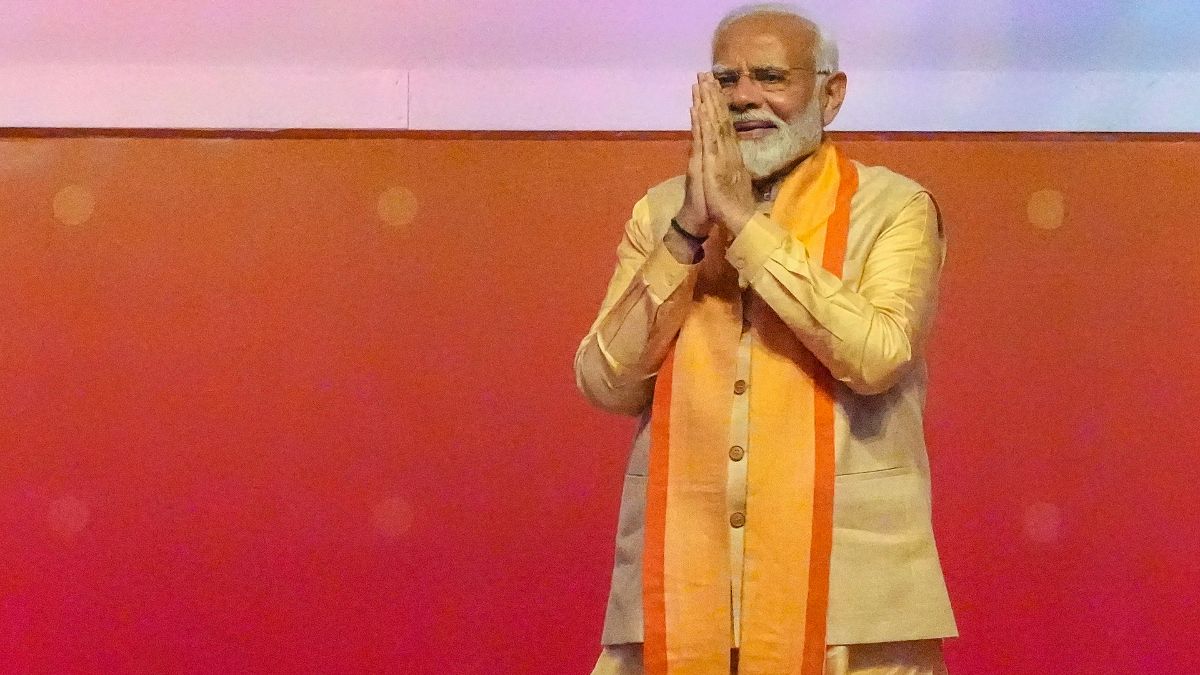)
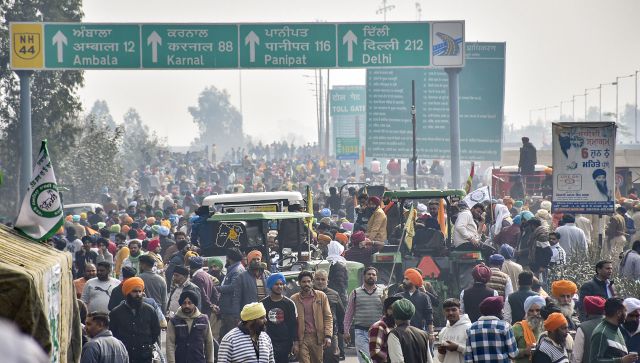)
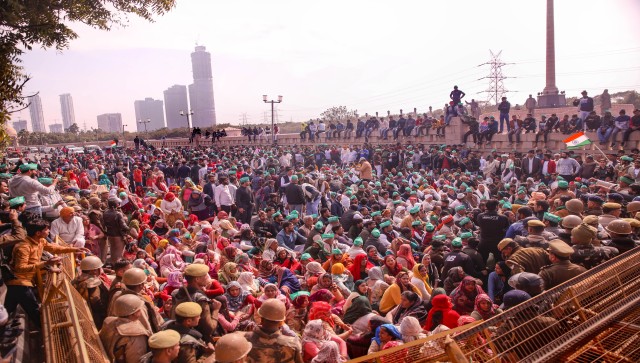)
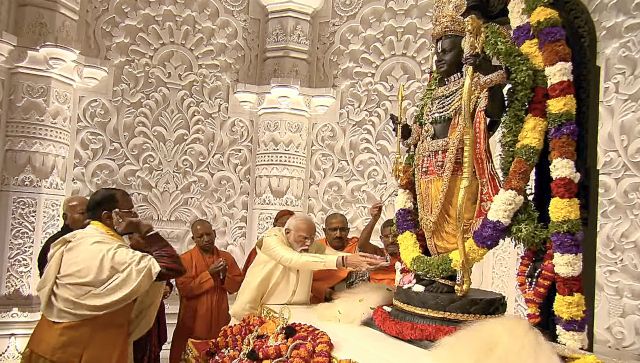)
)
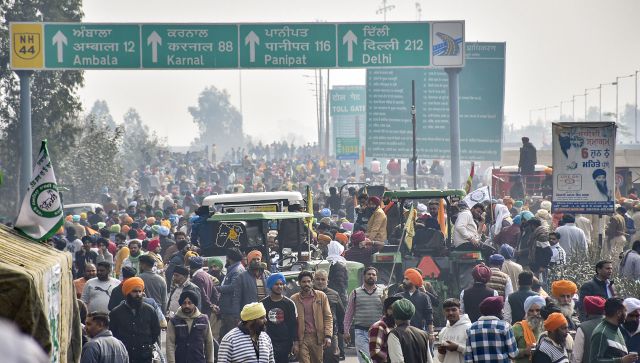)
)
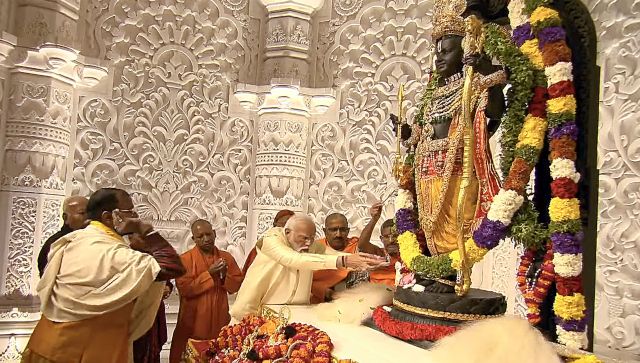)